Imagine you walk to work on a Monday morning, motivated and ready to tick off all the pending tasks on your to-do list. As you near your cubicle, you encounter a sea of strewn papers on the floor, piles of documents threatening to collapse at the slightest touch, and worst of all, your office chair stinks. Not a very pleasant environment to work in, is it?
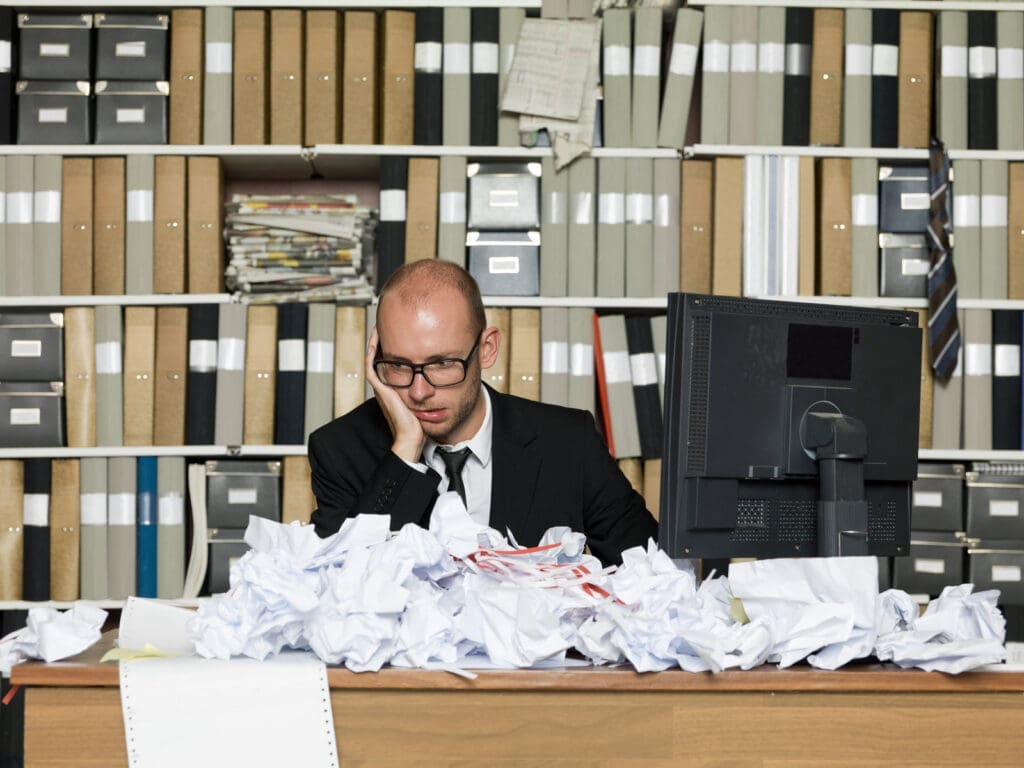
The proverb “Cleanliness is next to Godliness” might have a kernel of truth. It is at moments like these that we understand the value of office hygiene and maintenance. A clean office keeps employees healthy, helps them concentrate on work, saves maintenance costs, and makes a good first impression on clients.
Office chairs, especially those shared by multiple employees, are a breeding ground for germs like bacteria and allergens. Moreover, hot spills and stain spoils the chair material over time. Finally, bad odor from the chairs, as you can imagine, would make anyone repulse and run home!
In this article, we are going to walk our readers through the process of safely cleaning an office chair. We will look at what materials can be used for cleaning, how to clean different types of chairs and how to avoid buildup of dust and dirt in the future.
What do you need?
Soap
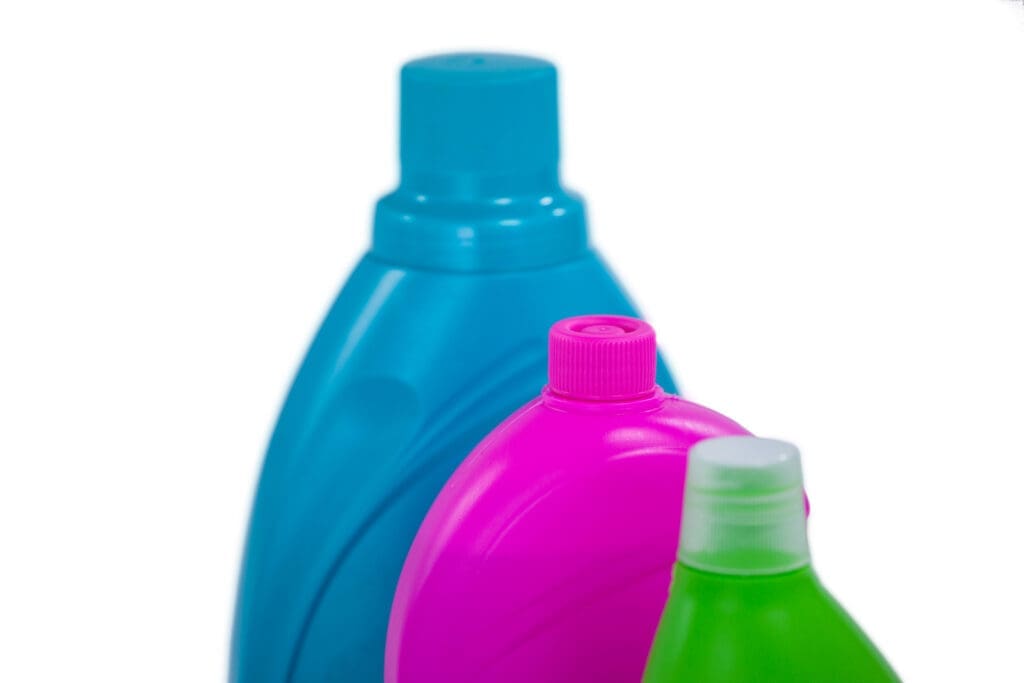
Soap is required for breaking down and removing stains on the chair fabric. Some chairs have a tag under the seat mentioning a cleaning code, indicating what kind of soap or detergent can be used for cleaning. For example, W means wet, S means solvent, D means for dry cleaning only and X means for vacuum only. For chairs that have W, or S/W code, soaps and detergents mixed in warm water can be used for cleaning.
Vacuum cleaner
A vacuum clear makes the task of cleaning pretty convenient. Some vacuums have a special attachment for cleaning upholstery. It is typically height adjustable, and comes with a broad, flat nozzle with brushes.
Sponge/cloth for wiping
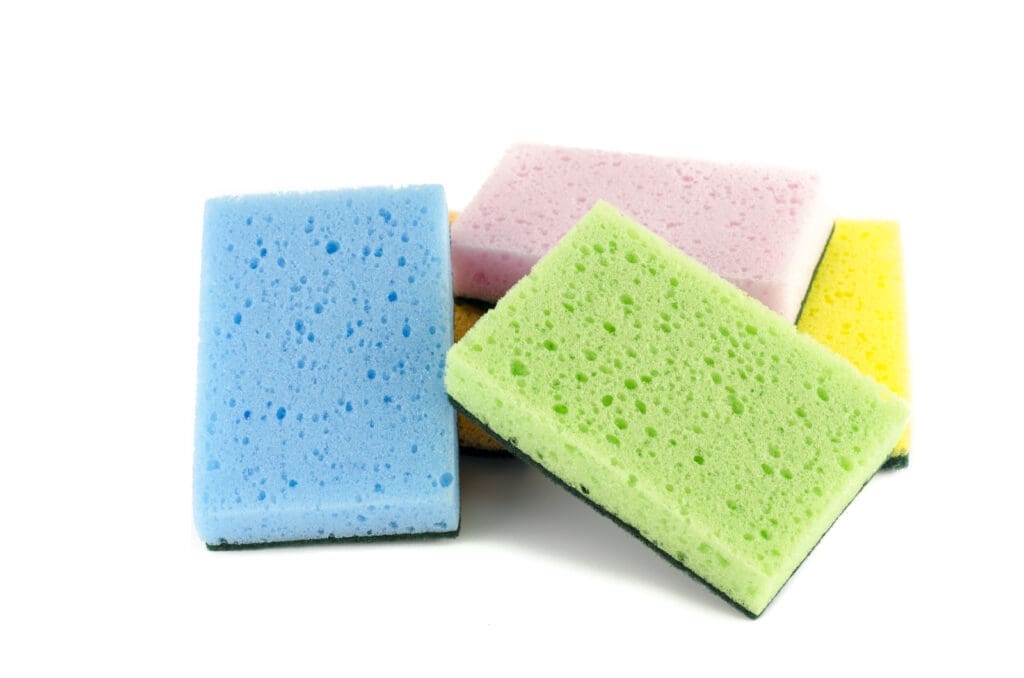
Microfiber cloths use less chemicals and water for cleaning, and pick up more dirt than other fabrics like cotton. You can also use a sponge so that it absorbs the dirt and grime. However, if you don’t have these materials, you can work with any cotton rag that you have around. As long as it is clean and absorbent, you can use any cloth for cleaning.
Brush
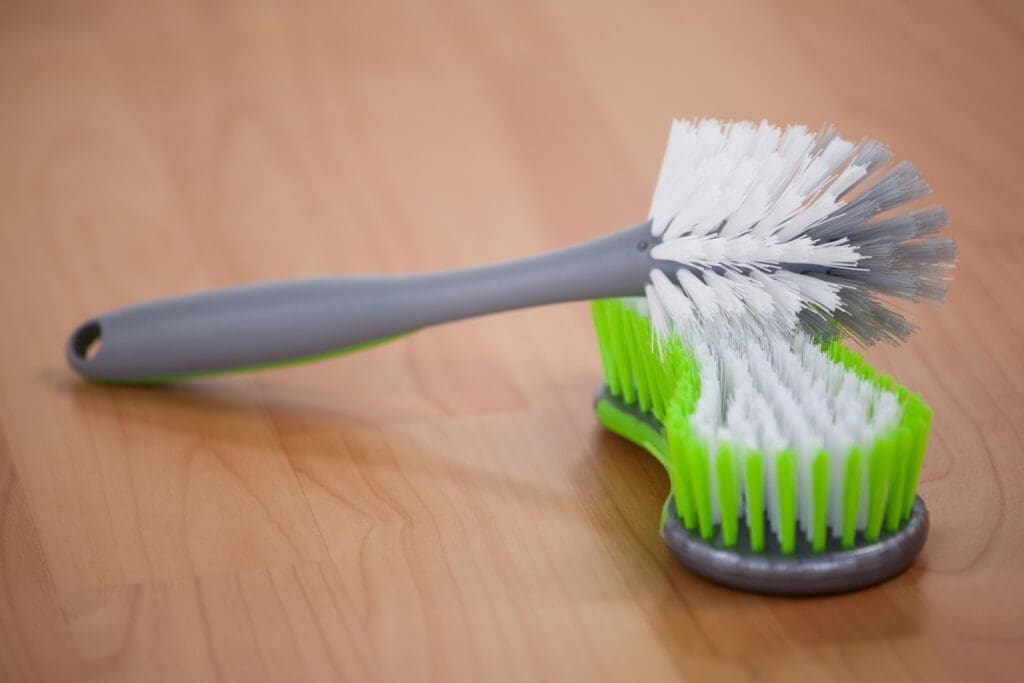
Stubborn stains are best handled by scrubbing with a soft bristled brush, like a toothbrush. It pushes the cleaning solution further into the fabric, and gently lifts dirt from the fibers. You may also find special brushes that are used for cleaning chairs and upholstery. They typically have long, soft bristles and plastic handles.
White vinegar
White vinegar helps disinfect the fabric and remove odors. You can mix white vinegar with water and spray it on the fabric. After a few minutes, wipe gently with a cloth. Any residue of the vinegar can be rinsed off with water. If vinegar is not working on the chair, rubbing alcohol is an alternative.
Lint roller
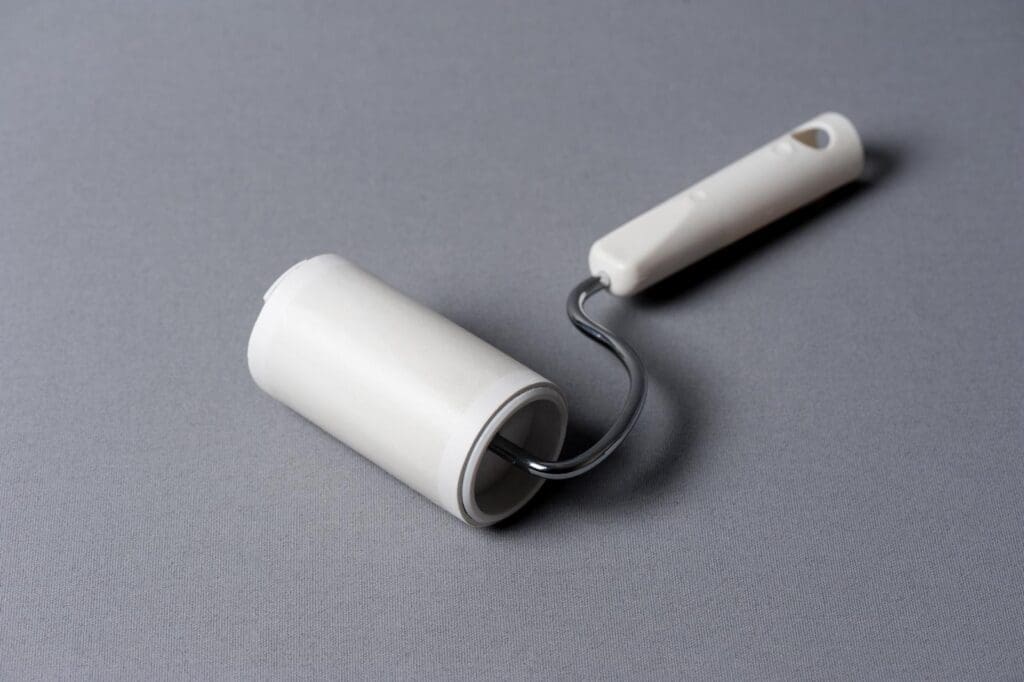
Lint rollers are used to remove lint, hair and small fibers from upholstery. Chairs with textured or patterned fabric most difficult to clean. Lint rollers provide an easy solution for cleaning pet hair and loose debris from such materials.
Gloves
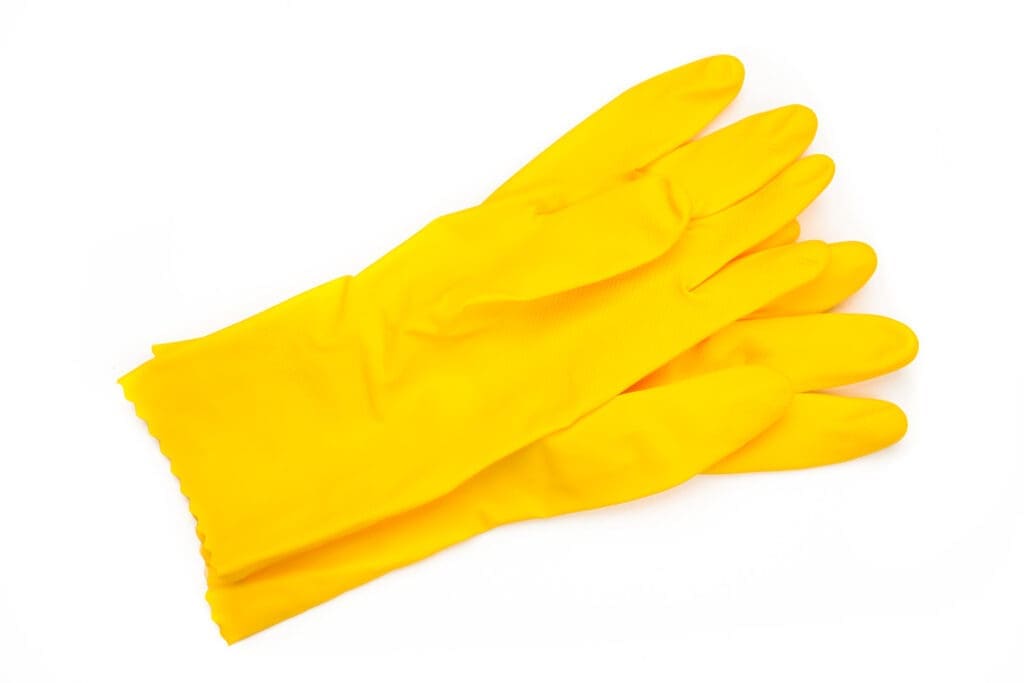
Cleaning solutions and dust can cause skin irritation, rashes, coughing and similar health issues, especially if you are allergic to the materials you are exposed to while cleaning. Simple rubber gloves can protect your hands in the process.
How to clean different types of chairs?
Wooden chairs
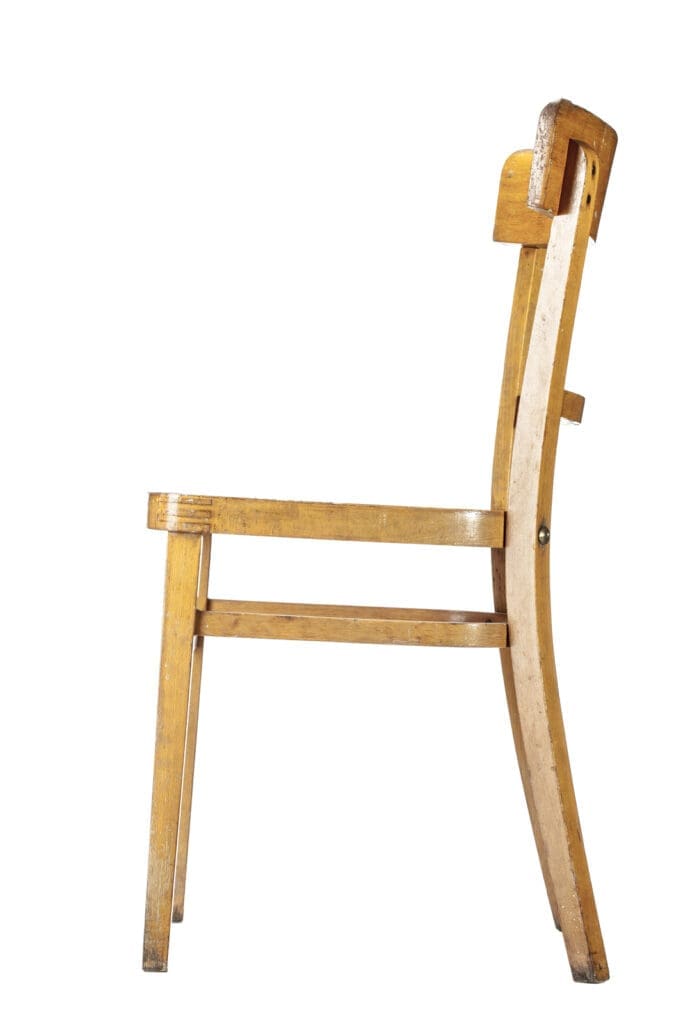
Regular dusting with a dry cloth should be enough to prevent dust settling on a wooden chair. Occasionally, you can wipe it with water and detergent. It is important to use a damp cloth, rather than spraying too much water, and dry it immediately after to avoid rotting, swelling and softening of the wood. Furniture polish or wax can be used to protect the chair from dust and keep it shiny. If possible, avoid exposing the chair to direct sunlight, which might lead to discolouration.
Upholstered chairs
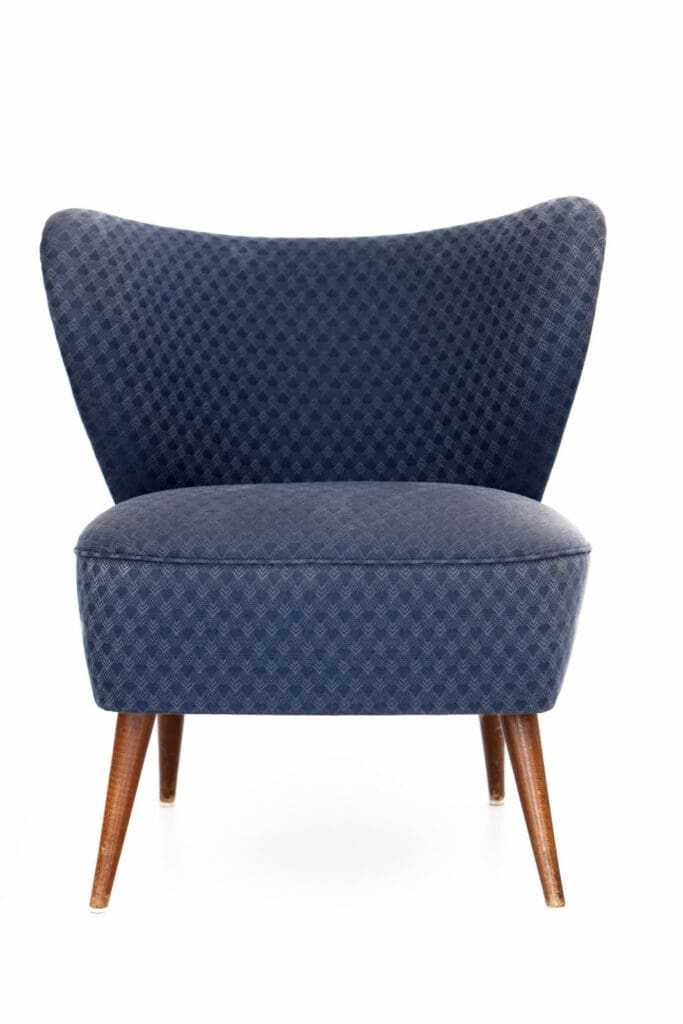
Chairs that have padding and fabric covers are called upholstered chairs. Regular cleaning should involve vacuuming and dusting. Detergent, cleaning solvents, or dry-cleaning agents can be used for cleaning stains, as per the cleaning code given on the label for that particular material. Avoid excessive scrubbing, which might damage the fabric.
Leather chairs
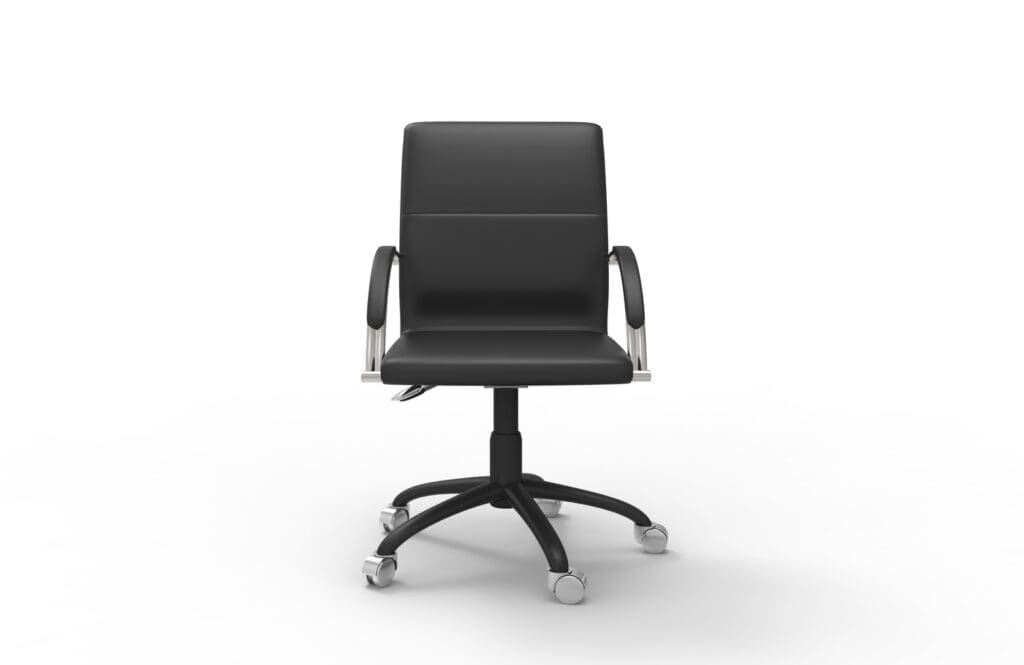
On most days, wiping with a damp cloth will remove dust and dirt particles. Once in a while, you can use a water-based cleaning solution for deeper cleaning. Seams and stitched areas can be cleaned with a soft toothbrush. Prompt drying is crucial for preventing stains from water sprays or wipes. Using olive oil or leather conditioner keeps the leather soft and prevents it from cracking.
Metal chairs
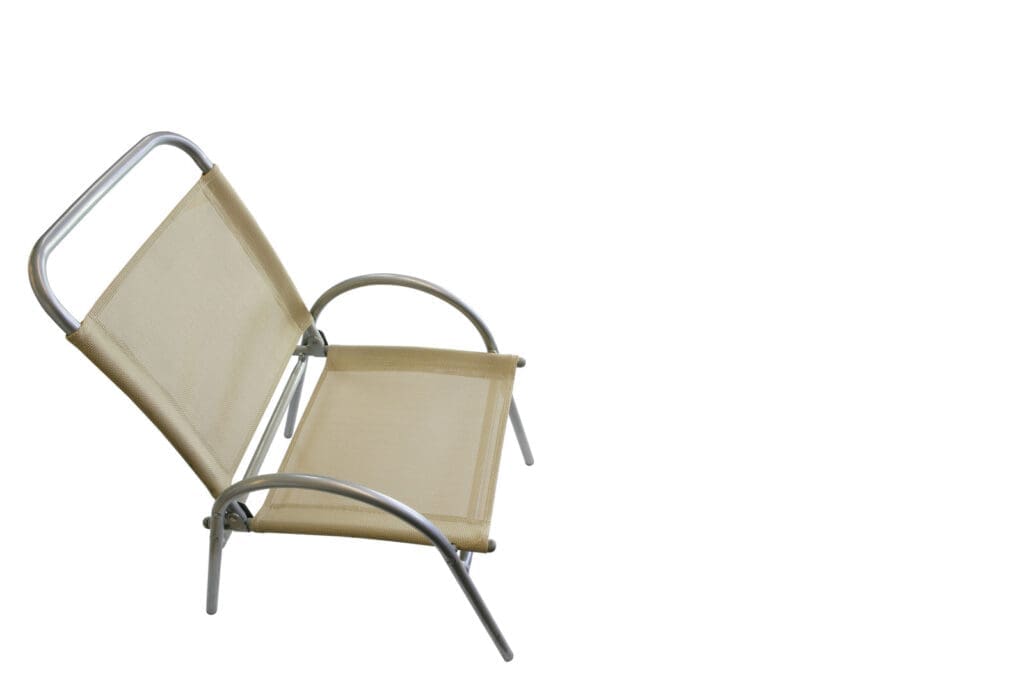
Apart from regular dusting, soapy water can be used for wiping the chair clean. Air it out or wipe off with a dry cloth immediately to prevent rust. Ensure that all joints are crevices are dry, so that moisture doesn’t accumulate. If you find rust, use a scrubber with soft bristles or steel wool to remove it. To prevent rust in the future, you can apply outdoor metal paint or transparent metal sealer.
As you can see, most chairs can be regularly maintained by just dry dusting or wiping. Occasionally, cleaning with special substances like soap, detergent, cleaning solvents, dry cleaning agents, etc. helps clear out accumulated debris. Brushes and scrubbers are good for removing stains, while white vinegar takes care of the odor. The cleaning process ends with prompt drying and adding a finishing touch with wax, paint, conditioner, oil, etc. depending on the type of chair.
If you are planning to do a clean sweep of your office, office chairs are a good place to start. You can use the details given in this article to plan a thorough cleaning and long-term maintenance process for your office chairs. Make your cubicle, your desk, or your cabin a comfortable space to work in!


GIPHY App Key not set. Please check settings